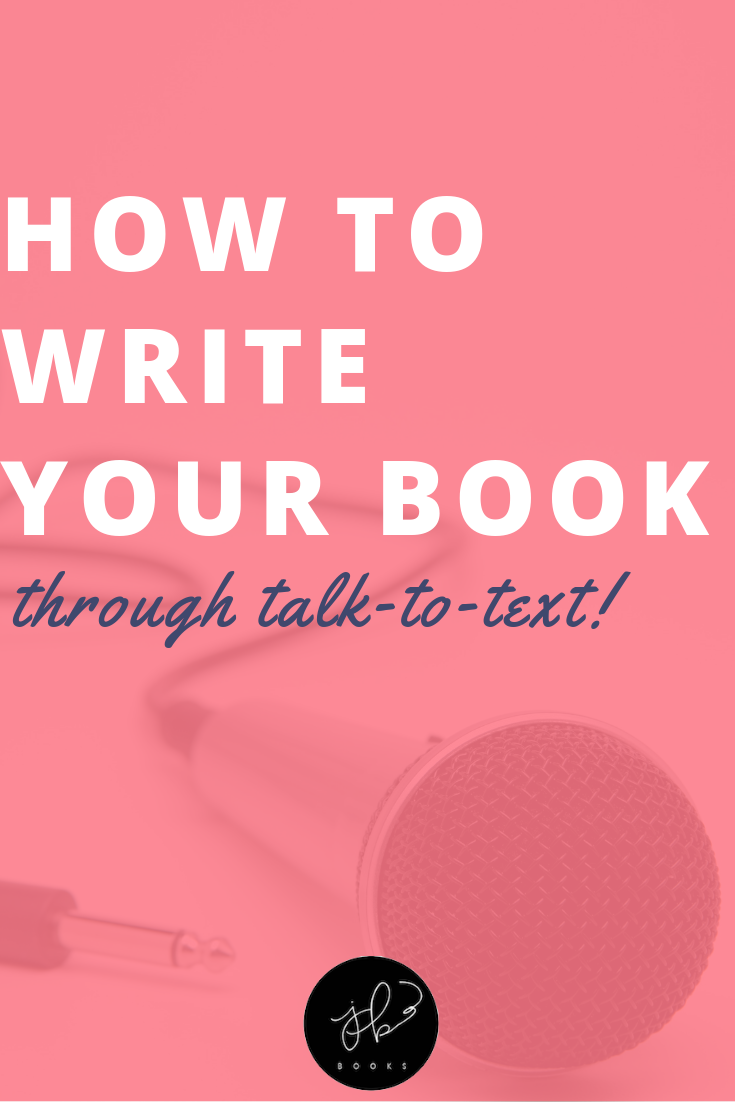Hi there and welcome to Jenny Bravo Books! As a first-time author, I've decided to track the first three months of my earnings online for you. Enjoy!
It's Monday, people, and I've got a new series for you! You may have seen blogger income reports out there on Pinterest, like this one from food bloggers Pinch of Yum or The Write Life column about freelance earnings, and today I'm staring one of my own.
Whether you're considering self-publishing or not, this post is for every writer out there. Not only can it show you a realistic expectation for your potential earnings, but it can also show you tips and tricks to encourage more sales. Every month, I will try something extra to boost my sales, whether that be blog-oriented improvements, advertising, whatever!
Thank you in advance for the support. Now let's get crackin'.
What I did this month
For this first month, we're looking at sales from May 26th—my launch date—through the end of June. There were plenty of marketing strategies that I used for selling my book, and you can read more about them here, but I've hand-picked a couple of strategies that I feel had the best impact that you can implement for your own promotional use.
Goodreads Giveaway
I've had a Goodreads account for some time now, and once I set up my author profile, I was able to also set up a giveaway for my book. I offered three signed copies of my book and was amazed to see that 632 people had signed up for the chance to win. This was a great way to reach out to people who wouldn't otherwise know about my book.
Netgalley Subscription
Netgalley is an amazing way to get reviews for your soon-to-be-published book, and thanks to my editor, Tanya Gold, I found an affordable way to gain entry. By signing up for a month's subscription through the Broad Universe co-op, I only paid $45 for the opportunity to gain reviews from book bloggers.
Social Media Promotion
And I don't mean the buy my book, buy my book tweets and emails. My main goal on social media and my blog is to be a real person, so that same philosophy applied to promotional strategy. Every step of the way, I've been using the #TATM and updating readers about my book's progress. When it came to launch month, I organized Twitter chats, started posting videos on YouTube, and gave my book away for people to review.
KDP Royalties
Total book sales: 56 ebooks
Total book royalties: $111.06
I chose to sell the ebook version of These Are the Moments on Kindle first, before reaching out to other platforms. I also decided not to use KDP select, which enrolls your book in KDP Unlimited. Learn more about that program here.
Below is a chart of my Kindle sales. I opened up my ebook for preorders, so that's where you'll see the spike at the beginning of the month:
Here's another chart for you of my KDP royalties, per each Amazon website:
CREATESPACE Royalties
Total book sales: 28 print books
Total book royalties: $77.56
Print books are not for every self-publisher. For me, it wasn't even a question. While they might not be the most lucrative of book selling methods, I clung to the romantic notion of holding my book in my hands, and I'm happy I did. I'm now officially in two bookstores—Sundog Books in Seaside, FL and Blue Willow Bookshop in Houston, TX— and I'm working on more.
So how did I do? While I sold the majority of my print books through my book launch party, I did sell almost 30 print books in the past month! Not bad for a first timer. Note: my sales from my book launch party are not included in this report as those were sold primarily to family and friends.
Thoughts on this month
I'm excited about this month's sales. It's interesting to look at the difference between the ebook vs. print book royalties—about $33—and that I sold double the amount of ebooks that I did print copies. Next month's sales will most likely be lower, but I plan to fix my #TATM prequel and release it for sale through KDP. For me, I believe the key to more sales will be more books, but I don't want to rush the process.
Discussion Time: What do you think about the self-publishing income report? Was this helpful to you?

































